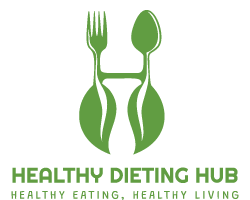
The egg is an excellent source of protein, vitamins and minerals. According to recent studies, it can delay degenerative processes because its yolk is rich in choline and lecithin; the first is necessary to produce acetylcholine, essential for the nervous system, and the second is responsible for cleaning the arteries, freeing them of fat deposits. The egg white, meanwhile, provides a large amount of high-quality protein.
So important is the value of its proteins, that from 1957 to date, the World Health Organization (WHO) uses it as a reference standard to determine the protein quality of other foods. In addition, it contains B complex vitamins, especially B12 and folic acid, antioxidants A and E, vitamin D, and minerals such as iron, phosphorus, zinc, and selenium.
The 85 kilocalories it provides are well received at any time because its digestion depends more on the way it is prepared than on the time it is consumed. It is best eaten cooked, although it is also tasty fried or scrambled. Raw consumption is not recommended.
It is ideal for diets of children and young people because at that age the brain is still in the development phase and it depends on the supply of essential fatty acids that it receives through food. Much of these fats necessary for tissue formation is made up of acids contained in breast milk and eggs. Particularly in infants older than two years, this food could contribute to complete the development of the central nervous system.
Egg and cholesterol in the blood
For a time, the egg was blamed for being one of the foods that had an effect on the increase in cholesterol levels in the blood. Fortunately, research has concluded that hypercholesterolemia depends more on genetic factors and lifestyle than on the egg, which for more details is the only food that has a natural antidote against this harmful substance: lecithin.
The egg also contains lutein, a carotenoid that is associated with eye health and especially with the prevention of macular degeneration, mainly in the elderly. This substance is also present in broccoli, corn, squash, beans, spinach, and most green leafy vegetables, especially raw although, according to studies by the US Agricultural Research Service (ARS) published in the Journal of Nutrition, lutein present in the egg is absorbed better and more quickly than from other foods.


